
Owl City’s Adam Young: “I tend to work the best at night…the hours will go by so fast and all of a sudden it’s 4am.”
Minnesotan singer, songwriter, producer and multi-instrumentalist, Adam Young explains his approach when creating Owl City’s nature-inspired brand of melodic electronica
Owatonna, Minnesota’s own Owl City is one of several projects by singer, songwriter and multi-instrumentalist Adam Young. Under this pseudonym, the avant garde hitmaker has clocked up album sales over 2.5 million and single sales surpassing 18 million globally. His smash hit single Fireflies, from 2009’s album Ocean Eyes, received a five-times RIAA platinum certification in the U.S. and reached the No 1 spot in another 26 countries – it held the top spot in the UK for three weeks. Proving that Fireflies wasn’t a fluke, his fourth album produced the single Good Time featuring Carly Rae Jepsen, which managed to rack up sales of close to three million copies.
Elsewhere, Adam Young composed the theme song for filmmaker Zack Snyder’s Legend Of The Guardians: The Owls Of Ga’Hoole and an original tune for Disney’s Wreck-It Ralph, while Owl City’s music has seen placements everywhere from The Croods and Veggietales to Smurfs 2.
We caught up with Adam around the launch of Owl City’s fifth album Mobile Orchestra, to talk synths, songwriting in Tokyo and the value of singing “jibberish”…
How I wrote ‘Fireflies’ by Adam Young (Owl City)
Do you consider yourself a producer or a songwriter, or both?
“I guess that makes me a jack of all trades. I like the producing side the most – that’s where I feel most at home. But I certainly dabble in writing and even mixing.”
When you sit down and open a new project in the studio, where do you start?
“I bounce around between Logic and Pro Tools, and dabble a little bit with Reason as well. Usually for me I sit down and end up working with some kind of melodic synthesizer patch or maybe a guitar melody. Looking back through my records, I tend to use a motif which is a short stacatto synthesizer sound that has a dotted eighth note delay on it, which kind of makes it this ‘motor’. At least that’s what I call it, because it drives the song forward and gives it a sense of direction. That’s usually where I start.”
Has your approach changed at all over the years, and is this new album any different?
“It’s not too different in the way that I approach it, but now I know a lot more about the tools of production, as far as what the knobs and buttons do in the studio – the compressors, limiters, EQs and stuff like that. I know about that a lot more, or at least the theory behind those, than I did when I first started. I didn’t go to school for it and I didnt study the tech side of it, so that’s certainly a big difference now.”
Do you always lock yourself away in the studio and write on your own, or do like to collaborate at all?
“I definitely collaborate, but my favourite part of the process is locking myself away and I tend to work the best at night time when I don’t have to worry about getting phonecalls or people bothering me. It’s like the hours will go by so fast and all of a sudden it’s four in the morning. I’ll also travel to Nashville and Los Angeles and collaborate there. It’s definitely valuable, because that’s where I learn the most – other people’s tricks and tips. But I think where I’m most comfortable is by myself.”
I KNOW EXACTLY WHAT I NEED TO DO AND I’LL HAVE A GAMEPLAN
Are those collaborations for other material outside of Owl City?
“With this album, maybe 15 percent of it, so two or three songs, were written collaboratively and the rest just on my own. Then sometimes I’ll have outside opportunities to write for another artist or write a song for a movie, like a credit song, or something like that. That tends to be fun to collaborate on as well.”
Talking of which, quite a few of your songs have been used in big movies. Were they commissioned and you were writing to a brief, or were your songs just chosen as part of a sync deal?
“To date, they have been commissioned which was really great for me because I got to go into the film studio, in most of those cases. They were able to show me clips of what they were working on and say, ‘Here’s the kind of song that we need. Here are the main points you can maybe touch on, in the lyrics.’ But it can’t be too directly about the film, so there’s definitely a happy balance. I really enjoy when I do my ‘homework’ and have set parameters that I have to work in. I find that a fun challenge.”
Do you find it more challenging than writing material for your own projects?
“I almost think writing for a film is a little easier because I don’t usually find myself messing around with ideas that are so ‘out there’. I know exactly what I need to do and I’ll have a gameplan, starting out, which is definitely nice.”

Adam Young: “My faith is something that is so important to me. Certainly my goal is not to preach fire and brimstone…”
Do you come up lyrics while you’re in the studio?
“Well, 90 percent of the time I’ll have a working, instrumental demo of a song, with some sort of melody – just jibberish, like ‘dah-da-dah’ vocal sounds; kind of what I’m thinking in terms of the register. Then I’ll leave that demo on the computer, maybe put it on my phone and take it with me. I leave it alone for a week or two, depending on the scenario and live with it. Then I come back later and craft a vocal melody, sort out the notes I want to hear first, and then I’ll plug in the actual lyrics after that.”
There are clear religious messages in this album. Has that always been a part in your music and you’ve just got more confidence to be open about this now?
“Yeah that’s definitely fair to say. When I sat down to write this album, I looked back on the past four or five years of music and thought this is the perfect time to put myself out there and just be as honest and vulnerable as I want to be. My faith is something that is so important to me. Certainly my goal is not to preach fire and brimstone, or anything like that, but just put it out there that it’s an honest thing. If I made that fact secret, I’d feel weird about it, I’d feel like I’m wearing a mask. It just felt very natural.”
A LOT OF THE TIME, I’LL START WRITING NEW IDEAS WHEN I’M IN JAPAN
You frequently reference nature and the in your songs. What do you think inspires these lyrical ideas?
“When I first started writing music, I grew up in a small town and we didn’t have very much money to travel and didn’t take many vacations. So I largely wrote about things I’d never experienced: the ocean, things I might see on the coasts of the U.S. and all the different cities I’d never been to and I always wondered about. That’s where I began pulling inspiration from. Now, years later I’ve been so blessed to travel to a lot of the places that I only dreamed about before, I have this whole new wealth of lyrical inspiration to pull from. Now I know exactly what Seattle is like, and what New York and Sydney, Australia is like. So I could almost re-write all those songs over again and touch on what I thought it was and what it is.”
We read that Mobile Orchestra was ‘musically conceived everywhere from airports and hotels to tour buses’.
“Yeah, it’s all done on the laptop with my headphones, whenever I’m out on the road. A lot of the time, I’ll start writing new ideas when I’m in Japan. We do a lot of touring over in Asia and we usually fly from the States directly to Tokyo – that’s kind of the first stop and, depending on where the show is, we’ll go on from there. So we usually have a day or two off in Tokyo and, to me, there’s something about the atmosphere there that’s really conducive to being creative. The funny thing about touring Asia is, of course, you have to fly from city to city, so there’s a lot of downtime on the plane.”
When you have featured vocalists – like Aloe Blacc, Hanson, Jake Owen, Sarah Russell and Britt Nicole – do you write the songs differently, thinking about who might sing on them?
“On this album, I think nine times out of ten, I had a working demo of a song more or less finished in the eleventh hour stage. Then I just thought of the artist that would sound great on the song, and sent them the demo to see what they think. So I guess it was very much spontaneous in that way. None of the songs were written with a specific artist in mind. I was just lucky to work with every artist that was so gracious to lend their talent to this album.”




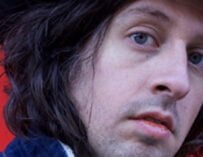
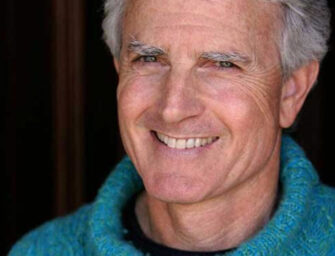

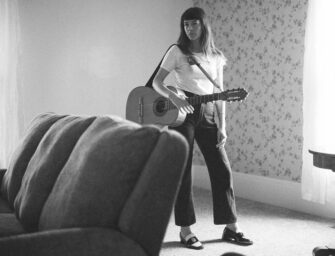
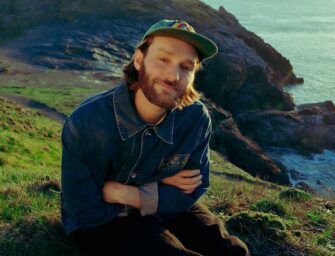
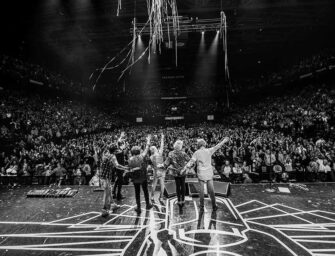
















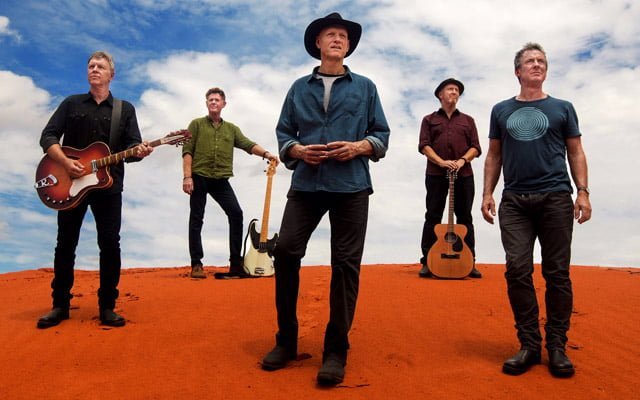






Related Articles